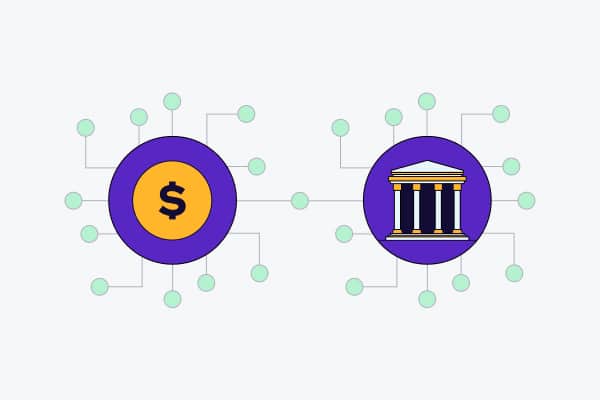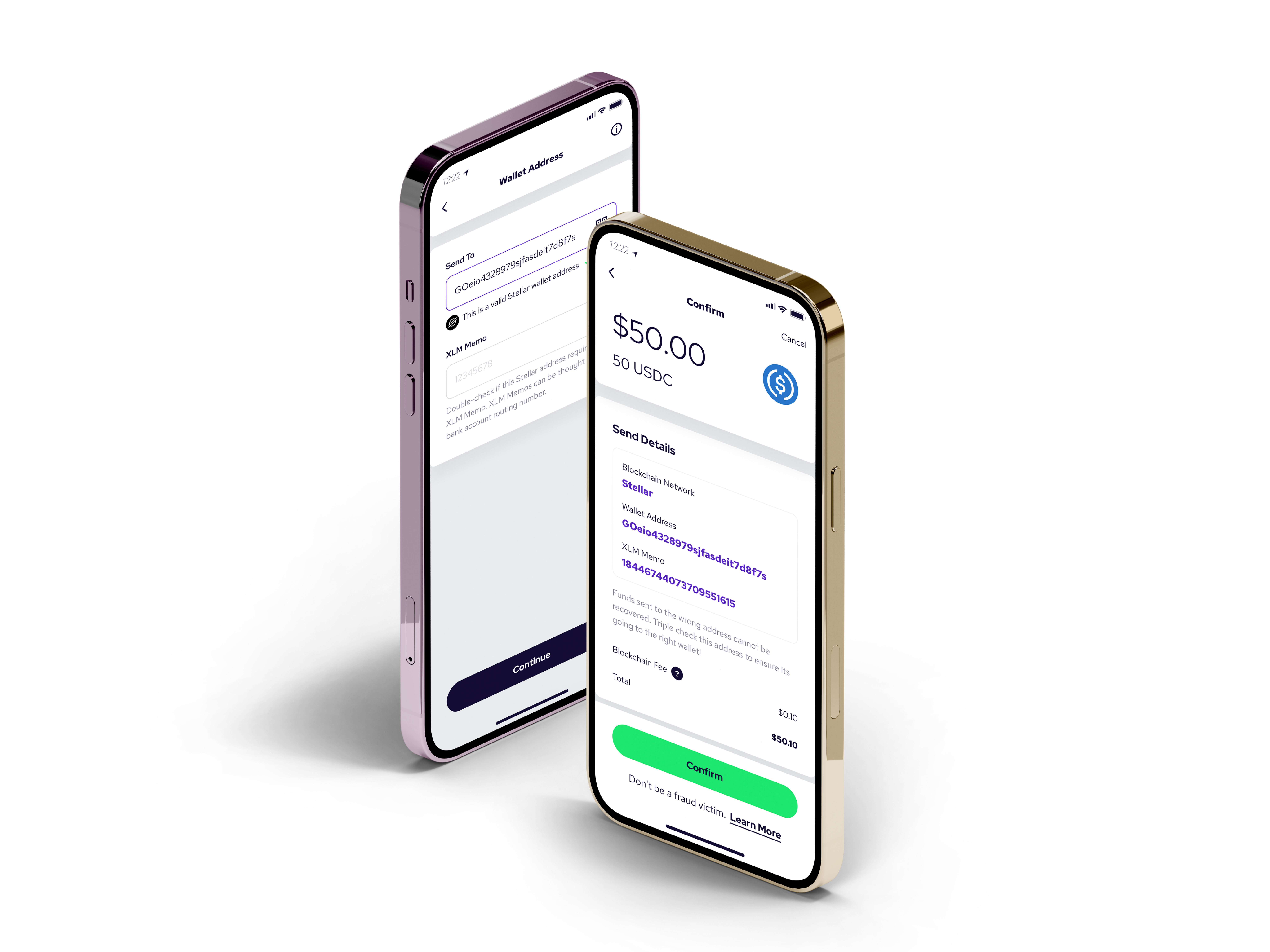National Dollar Day (August 8) is a holiday marking the U.S. monetary system’s establishment in 1786. In 2022, the Federal Reserve estimates 5.8 trillion U.S. dollars in circulation. With e-commerce accelerating during the pandemic, one proposed solution for faster, permissionless digital payments is the creation of a U.S. digital dollar.

What is a digital dollar?
A U.S. digital dollar would be a central bank digital currency (CBDC) controlled by the Federal Reserve and accessible via a digital wallet, similar to how cryptocurrencies are available via crypto wallets. A CBDC is a digital representation of a fiat currency (in this case, U.S. dollars). It’s analogous to money kept in a traditional bank account that exists digitally. For example, whereas you withdraw cash from an account with a commercial bank, you could take out money from a bank account held with the federal government.
What is the use case for a digital dollar?
There are several use cases for the digital dollar, which include:
- Streamlined peer-to-peer payments: If two people have different banks and want to send money to each other, delays and fees hamper the process. A digital dollar would make sending money between two people holding digital wallets faster and potentially free.
- Faster payments for merchants: Merchants must pay fees when customers use a credit or debit card for purchases since they have to go through an intermediary, the credit card company or bank. A digital dollar would expedite the process since intermediaries are eliminated, with the transaction only between the customer and the merchant. The retailers would receive funds in their account the same day, which they can use to fund the business and inventory.
- Added diversity to the financial system: Banks are the only entity that can hold accounts with the federal government. A digital dollar would expand this permission to companies like Paypal and Venmo. Companies that facilitate payments between two customers on different platforms must utilize banks, which charge interchange fees. Allowing these organizations to hold accounts with the Federal Reserve would bring diversity to the banking industry.
- Improve financial inclusion: A digital dollar account with the Federal Reserve could potentially bank the unbanked and give access to populations who do not have access to or cannot hold an account with a bank.
Digital dollar downsides
There are some considerations to the digital dollar. First, not everyone has a mobile phone or computer, which discounts access to those experiencing the digital divide. The federal government would utilize existing financial systems like major banks, which would charge fees for access to a Federal Reserve account. It would serve as another barrier to financial inclusion for low-income Americans. Other critics cited technology, privacy, and security threats as barriers to its creation.
Will the U.S. ever have a digital dollar?
In March 2022, President Biden signed an executive order regarding digital assets that “placed an urgency on research and development of a potential United States CBDC, should issuance be deemed in the national interest.” The Commerce Department is tasked with this research, including the pros and cons of a U.S.-sponsored CBDC.
However, the U.S. digital dollar isn’t expected anytime soon, much to the disappointment of proponents who advise the U.S. is falling behind. In January, China soft-launched its digital yuan, and many other countries are examining creating CBDCs of their own. Federal Reserve Vice Chair Lael Brainard advised in May 2022 that the design and security features could take as long as five years. The Atlanta Council, a nonpartisan organization that “promotes constructive leadership and engagement in international affairs,” operates a tracker that reports on the status of different countries’ development of CBDCs. The U.S. reportedly is still in the research phase, in which its architecture, underlying technology and technology partnerships are undecided.
CBDCs vs. Stablecoins
It is important to note that CBDCs are different from stablecoins. Stablecoins are digital assets pegged to a fiat currency with privately held funds. In contrast, CBDCs are considered legal tender issued by a central bank and backed by a country’s reserve assets. Another difference is that a CBDC is considered centralized because it is under the power of the respective monetary authority of a nation. At the same time, a stablecoin is designed to be decentralized. People look to stablecoins to democratize and broaden access to financial systems. While many look to CBDCs to achieve the same thing, others claim they are an attempt to preserve the power of the traditional banking system.
For people seeking faster payments without intermediaries, the good news is that digital currencies offer many of the same benefits as a digital dollar – offering faster payments that don’t involve mediators like banks.
To find a Coinme-enabled location to purchase crypto with cash near you, please visit coinme.com/locations.



